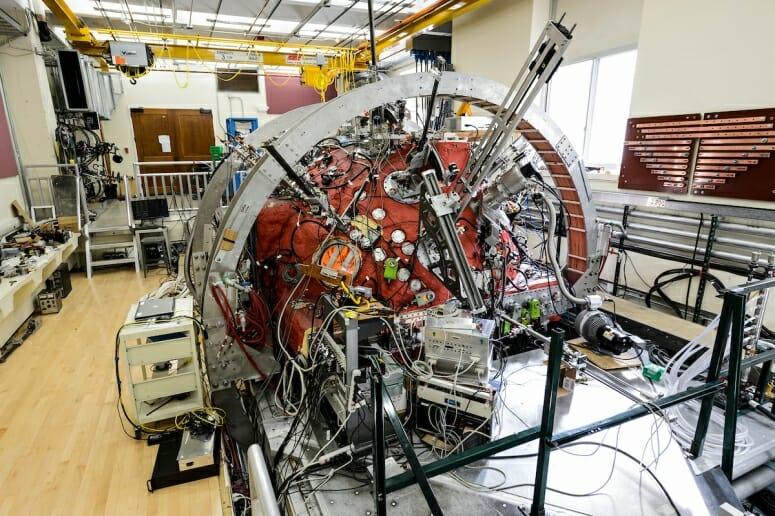Researchers Recreate the Sun’s Solar Wind and Plasma ‘Burps’ on Earth
The Sun’s solar wind affects nearly everything in the solar system. It can disrupt the function of Earth’s satellites and creates the lights of the auroras. A new study by University of Wisconsin–Madison physicists mimicked solar winds in the lab, confirming how they develop and providing an Earth-bound model for the future study of solar ...













